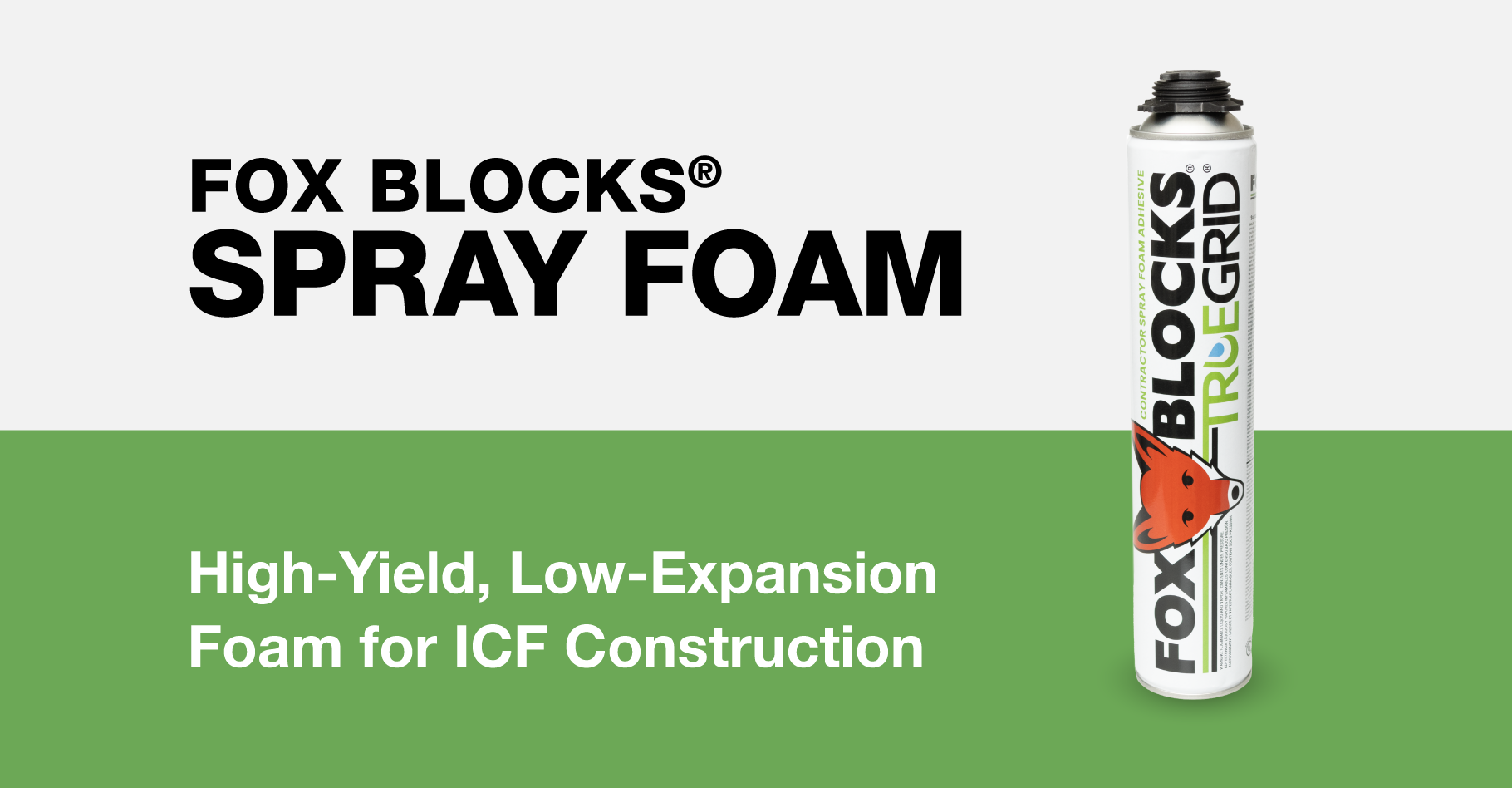
Fox Blocks Spray Foam
Discover Fox Blocks® Spray Foam – the only foam designed for ICF jobs. High yield, low expansion, superior adhesion. Perfect for EPS, wood & concrete. Buy now.
What do termites do to the foam?
EPS provides no nutrient value and is not a food source for termites. If left exposed, termites may tunnel into the foam in search of fibrous food. When building, in a heavy termite infestation area, care is required in the detailing and construction of the walls that will be in contact with ground, to prevent access to the foam for termites.
Have You Heard? We're Expanding ICF Production to Alaska!
Fox Blocks is expanding manufacturing and ICF production to Anchorage, Alaska, by partnering with Insulfoam Manufacturing Facility.
Does EPS absorb water?
No, EPS is a closed cell foam and does not act like a sponge or absorb water.


